Class I locomotive
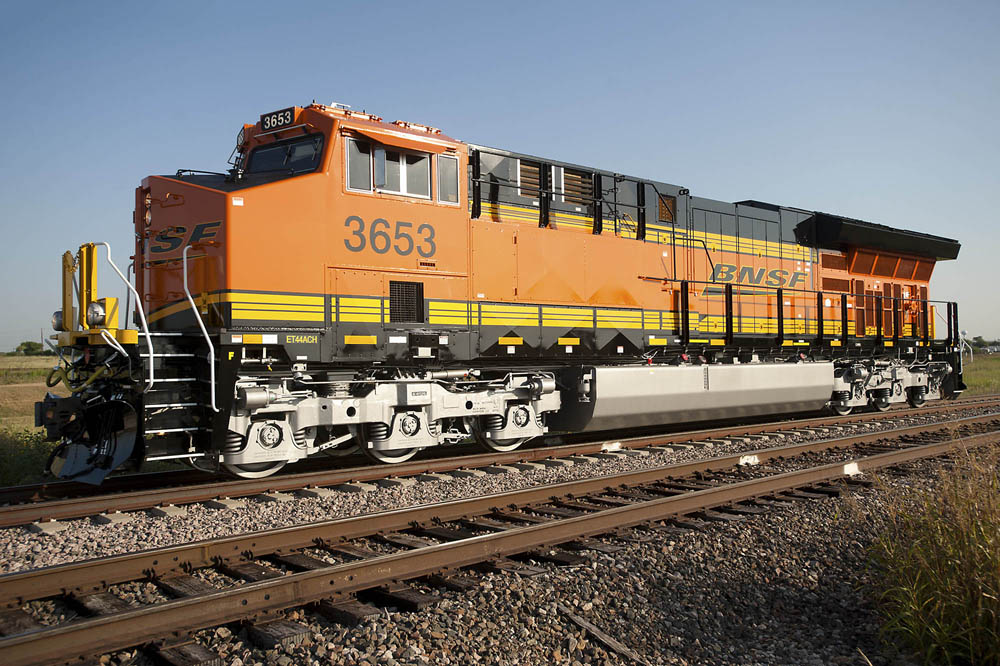
It’s been three years since the railroad industry has had a new-build six-axle freight locomotive order for a Class I railroad. Precision Scheduled Railroading, a glut of stored locomotives, and the desire to rebuild instead of build, has kept railroads on the sidelines in terms of new power. Progress Rail’s last new six-axle order was in 2019 for CSX, while Wabtec built new road power for BNSF and Canadian National in 2020.
Ironically, Wabtec’s last two customers were its first to call for new power built at its Ft. Worth, Texas, plant. Canadian National received a small order of 10 ET44ACs earlier this year. BNSF will get 50 units, split evenly between ET44ACHs and ES44ACH (T4C) credit units during the second half of 2023.
The ‘H’ in both BNSF models designates the use of additional ballast above BNSF’s normal specification. The Tier 4 credit units are built to the previous Tier 3 design prior to Tier 4 taking effect Jan. 1, 2015, and have emission credits applied to them by the builder. A locomotive builder can earn credits by installing energy saving devices on locomotives such as distributed power, Trip Optimizer, or other qualifying equipment. Those earned credits can be applied towards a credit unit built in the future and bridge the gap between Tier 3 and Tier 4.
While new orders trickle in, many Class I railroads continue to bolster their fleets by rebuilding existing locomotives, though production space is extremely limited for additional rebuild orders right now. To counter that, some Class I railroads are sourcing second-hand power for lease or purchase to fill their needs. For example, Norfolk Southern is leasing a group of former BNSF SD70MACs while acquiring former CIT Leasing AC4400CWs to add to their roster. Second-hand purchasing of locomotives for extra power and/or use as future rebuild candidates is expected to continue while Class I railroads attempt to avoid the cost and complexity of new Tier 4 road locomotives, if possible.






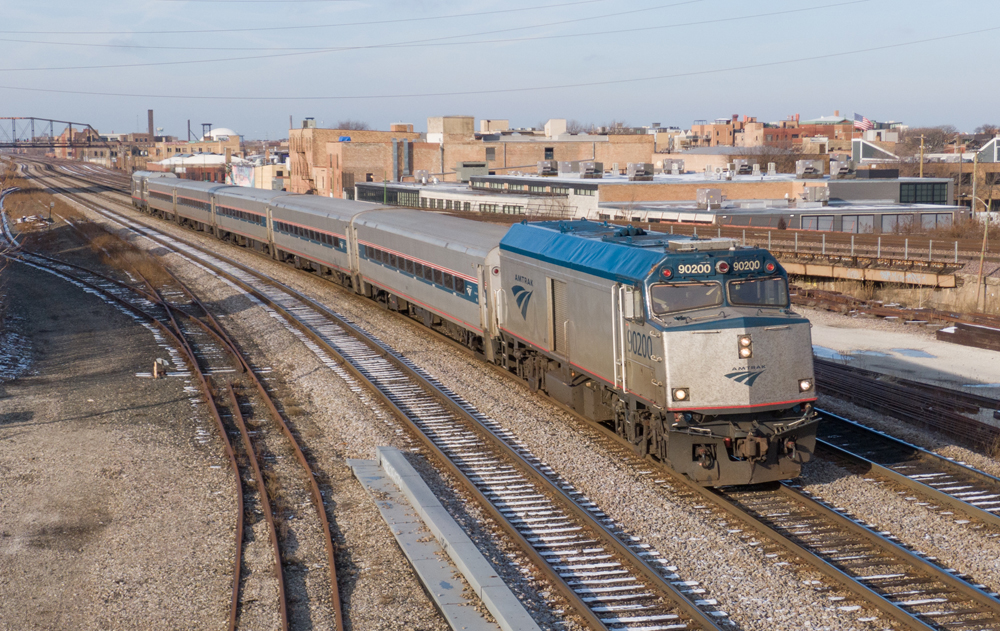
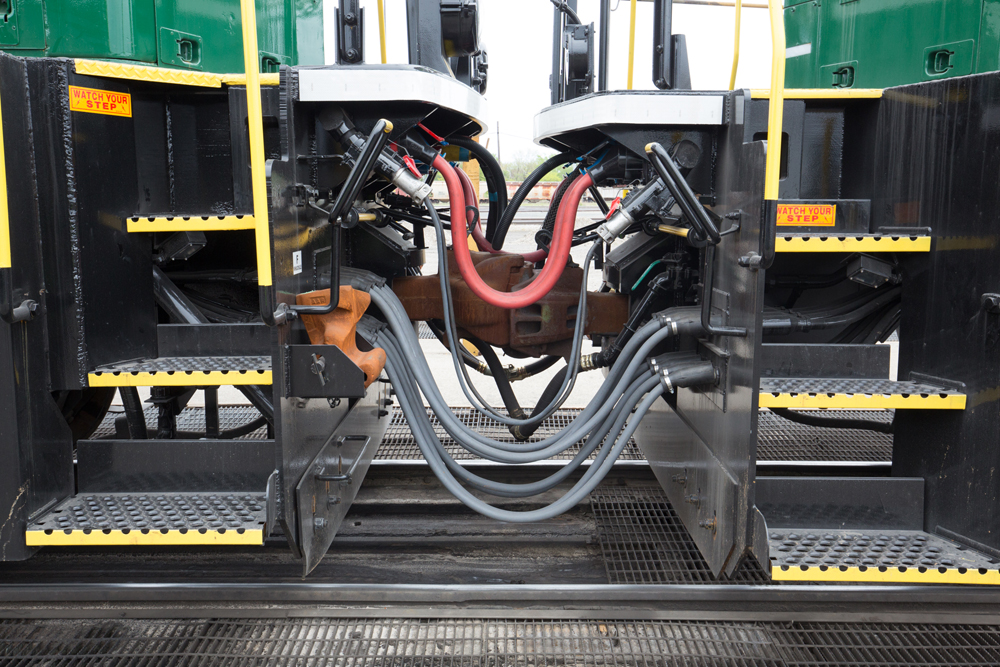
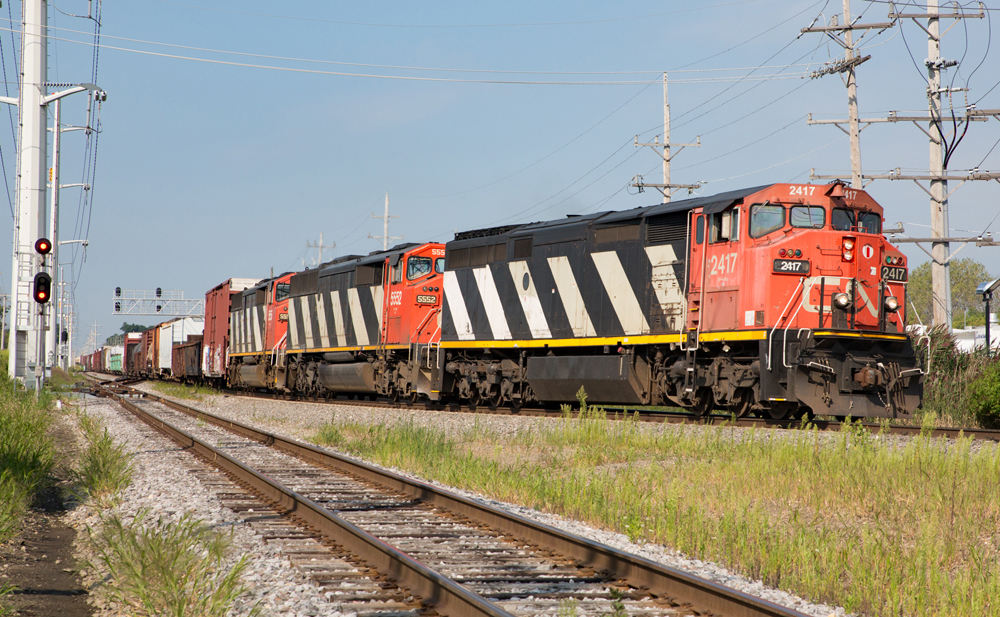
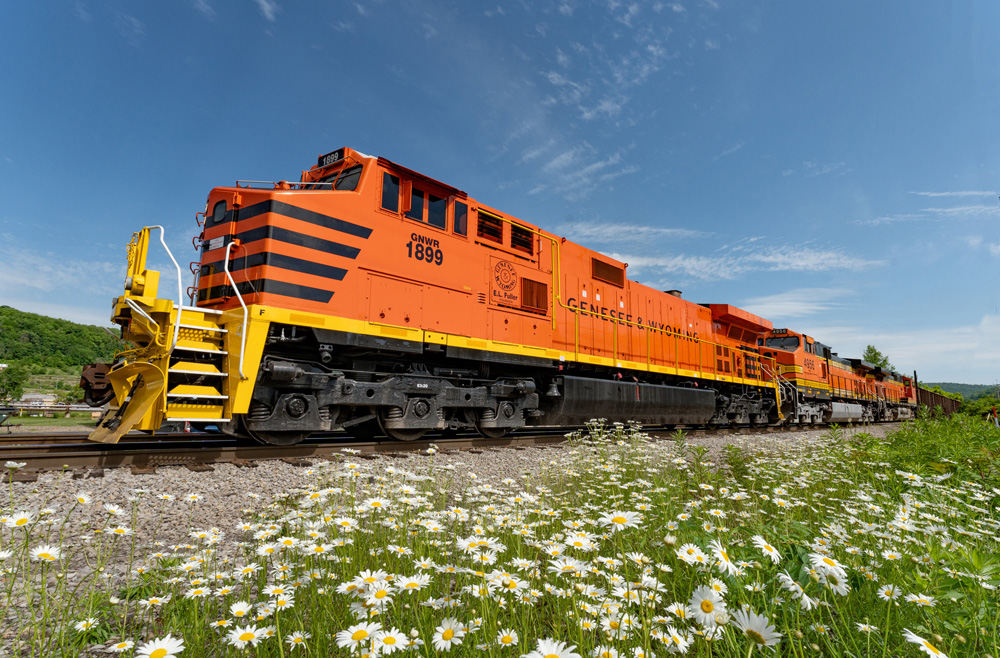




I am undecided this is a positive event given Wabtec (nee-GE) moving most of its locomotive assembly to right-to-work-for-less Texas where workers get less pay, fewer benefits while executives enjoy ever-increasing pay.